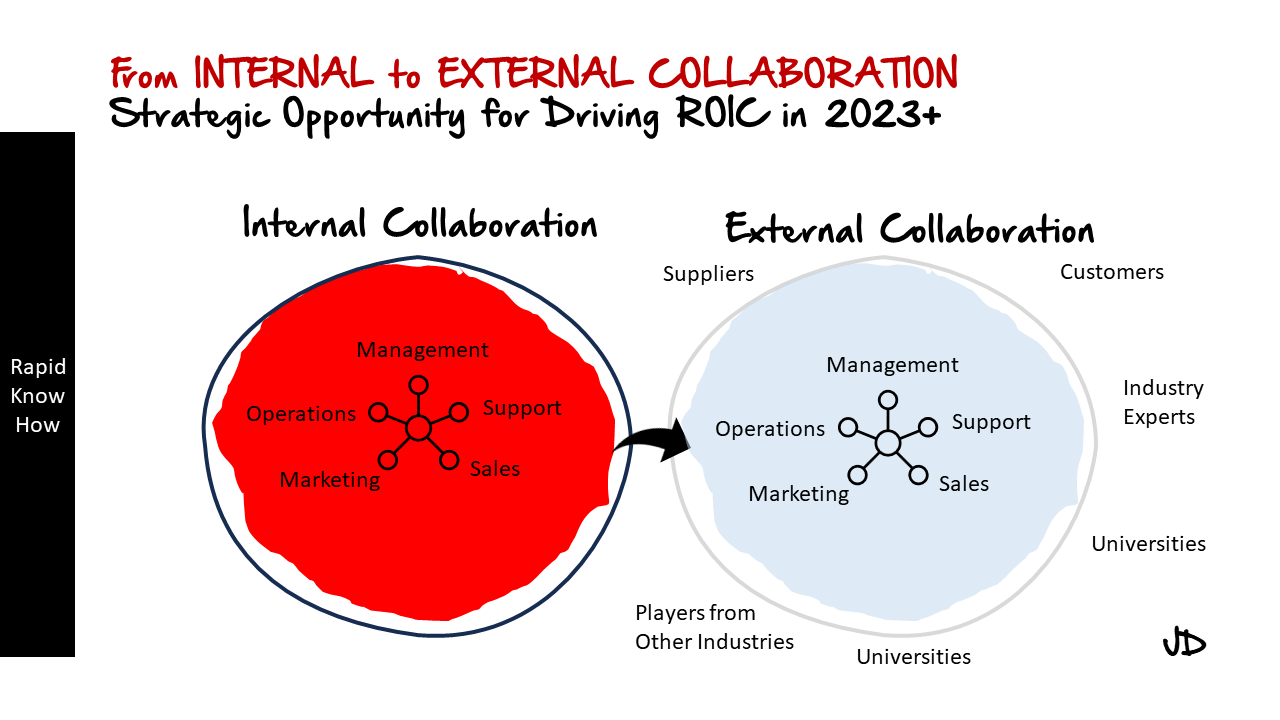Cracking the Internal Collaboration System Code is a complex process that requires a deep understanding of various stakeholders and their roles in the organization. These stakeholders include Strategic Suppliers, Strategic Customers, Strategic Industry Experts, Strategic Universities, and Other Players from Strategic Industries.
Strategic Suppliers are an integral part of any organization’s internal collaboration system. They provide the necessary resources and materials that enable the organization to function effectively. Building strong relationships with strategic suppliers can lead to improved efficiency, cost savings, and innovation. It is essential to communicate regularly with these suppliers, understand their capabilities and limitations, and work collaboratively to achieve mutual goals.
Strategic Customers are another crucial component of the internal collaboration system. They are the end-users of the organization’s products or services and their feedback can provide valuable insights into how the organization can improve its offerings. Engaging with strategic customers through various channels such as surveys, focus groups, or social media can help the organization understand their needs and expectations better.
Strategic Industry Experts play a pivotal role in shaping the organization’s strategies and policies. Their expertise and knowledge about industry trends, challenges, and opportunities can guide the organization in making informed decisions. Collaborating with these experts can help the organization stay ahead of its competitors and adapt to changes in the industry.
Strategic Universities are often overlooked but they are a rich source of research and innovation. Collaborating with universities can provide access to cutting-edge research, talented students, and opportunities for joint projects. This collaboration can also enhance the organization’s reputation as an industry leader that values education and innovation.
Other Players from Strategic Industries include competitors, regulatory bodies, trade associations, etc. Understanding their strategies, policies, and actions can provide valuable insights into market trends and potential challenges. Collaborating with these players can lead to industry-wide initiatives that benefit all parties involved.
In conclusion, cracking the Internal Collaboration System Code requires a holistic approach that involves building strong relationships with various stakeholders. It involves open communication, mutual respect, shared goals, and continuous learning.
As a next step, I would recommend conducting a thorough analysis of your current internal collaboration system. Identify your strategic suppliers, customers, industry experts, universities, and other players from strategic industries. Understand their roles in your organization and how you can collaborate more effectively with them.
Remember that collaboration is not a one-time activity but an ongoing process that requires commitment from all parties involved. So start today by reaching out to your stakeholders and exploring opportunities for collaboration.
Call-to-Action: If you found this answer helpful or if you have any further questions on this topic or any other related topics feel free to reach out or follow me for more insightful answers on organizational development topics.
